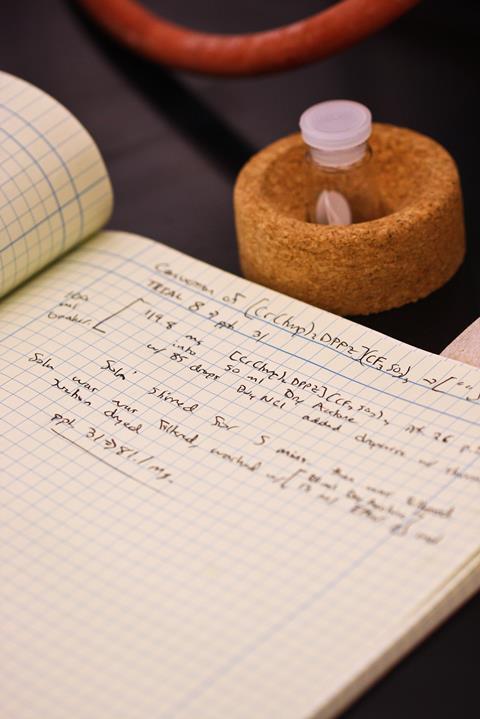Without detailed methods, research cannot be truly open

Flicking through my thesis recently (my pandemic hobbies are getting extreme), I was surprised to find that a crucial bit of information is missing. So crucial, in fact, that no matter how carefully you follow the instructions in my experimental methods section to construct an electrode out of a stainless steel rod ‘encased in epoxy resin (Araldite Standard)’, you would almost certainly fail.
What I forgot to mention is that the formulation of Araldite Standard changed towards the end of my PhD; electrodes made using ‘improved’ Araldite invariably undergo catastrophic crevice corrosion that makes them useless. In fact, no other epoxy we tried worked as well as old formulation Araldite. That omission is especially surprising because my supervisor was a stickler for detail in the methods section – so much so that incorporating most of his suggestions caused mine to double in length.
I suspect that word limits explain why I didn’t include that Araldite fact. This has long been the problem with published papers, where a journal might limit the methods section to a few short paragraphs. In most cases, that’s only sufficient to give a bare outline of what was done. There’s certainly no space for explaining why something was done the way it was – or the things that didn’t work.
If another researcher can’t reproduce or extend your work, are you really being open?
This is a problem if we want chemistry to be a truly global endeavour that any trained researcher can take part in, no matter where they are or who they know. It’s not enough to make published papers open access – if another researcher can’t reproduce or extend the work, are you really being open?
More and more researchers are taking steps to rectify this - just take a look at the detail in Andryj Borys’ freely available Schlenk Line Survival Guide. As well as individual efforts like this, services like protocols.io and Nature Protocol Exchange enable researchers to divulge the full secrets of their methods (and update them if, for example, pesky epoxy manufacturers change their recipes). Best of all, the uploaded protocols often include troubleshooting tips and explanations of things that might go wrong. That’s the kind of information that can save others a lot of time, and really accelerate research progress.
An increasing number of journals now recommend authors accompany their papers with a submission to one of the protocol sites, but their use is not yet universal. Part of the problem here is the skewed academic reward system, which in many cases still places a disproportionate focus on experimental results above other outputs. A good, clear method takes time to produce. We need to show that this work is valued – because it is truly valuable.












No comments yet